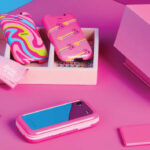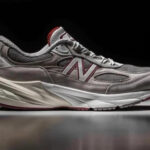LEGO bricks have captivated children and adults alike for decades, inspiring creativity and imagination. Over the years, the abundance of plastic LEGO bricks has raised concerns about their environmental impact. As the world grapples with the plastic waste crisis, innovative solutions are emerging to address this issue and promote more sustainable product options.
The LEGO Group has recognised the need for sustainable practices and has taken significant steps to reduce its environmental footprint. In recent years, the company has invested heavily in research and development to explore alternative materials for its iconic bricks.
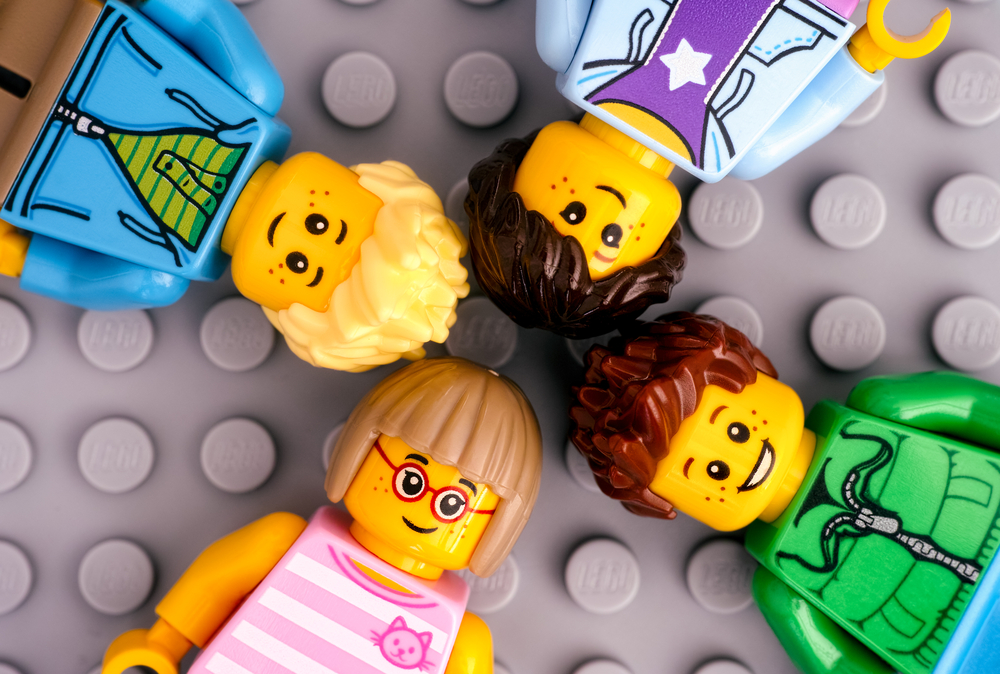
LEGO Targets 50% Renewable Materials in Bricks by 2026
Last week, LEGO announced plans to significantly increase its use of renewable plastics in the production of its bricks. This move marks a departure from its traditional reliance on fossil fuels and aligns with the company’s broader sustainability goals. Currently, 22% of the material in its colourful bricks is not made from fossil fuels.
This comes after LEGO has paused its plan to produce bricks from recycled plastic bottles, finding that this approach would not sufficiently reduce carbon emissions. After extensive research, the company determined that the environmental benefits were limited compared to traditional materials.
LEGO to Fully Transition to Renewable and Recycled Plastics by 2032
In the long term, LEGO plans to switch entirely to renewable and recycled plastic by 2032 in a green push that has resulted in the company testing more than 600 alternative materials.
LEGO told the Financial Times that 30 per cent of all the resin the company bought in the first half came from so-called mass-balance sources, meaning it used a blend of fossil-fuel material and recycled or renewable sources, such as used cooking oil.
The Danish toymaker hopes to gradually reduce the amount of oil-based plastic it uses by paying up to 70 per cent more for certified renewable resin, the raw plastic used to manufacture the bricks. This is an attempt to encourage manufacturers to increase production.
LEGO’s Chief Executive, Niels Christiansen, stated that transitioning to more sustainable materials has led to a considerable increase in production costs for the company’s bricks. Despite this, LEGO remains committed to its sustainability goals and has pledged to triple its annual spending on sustainability initiatives to 3 billion Danish kroner (£340 million) by 2025.
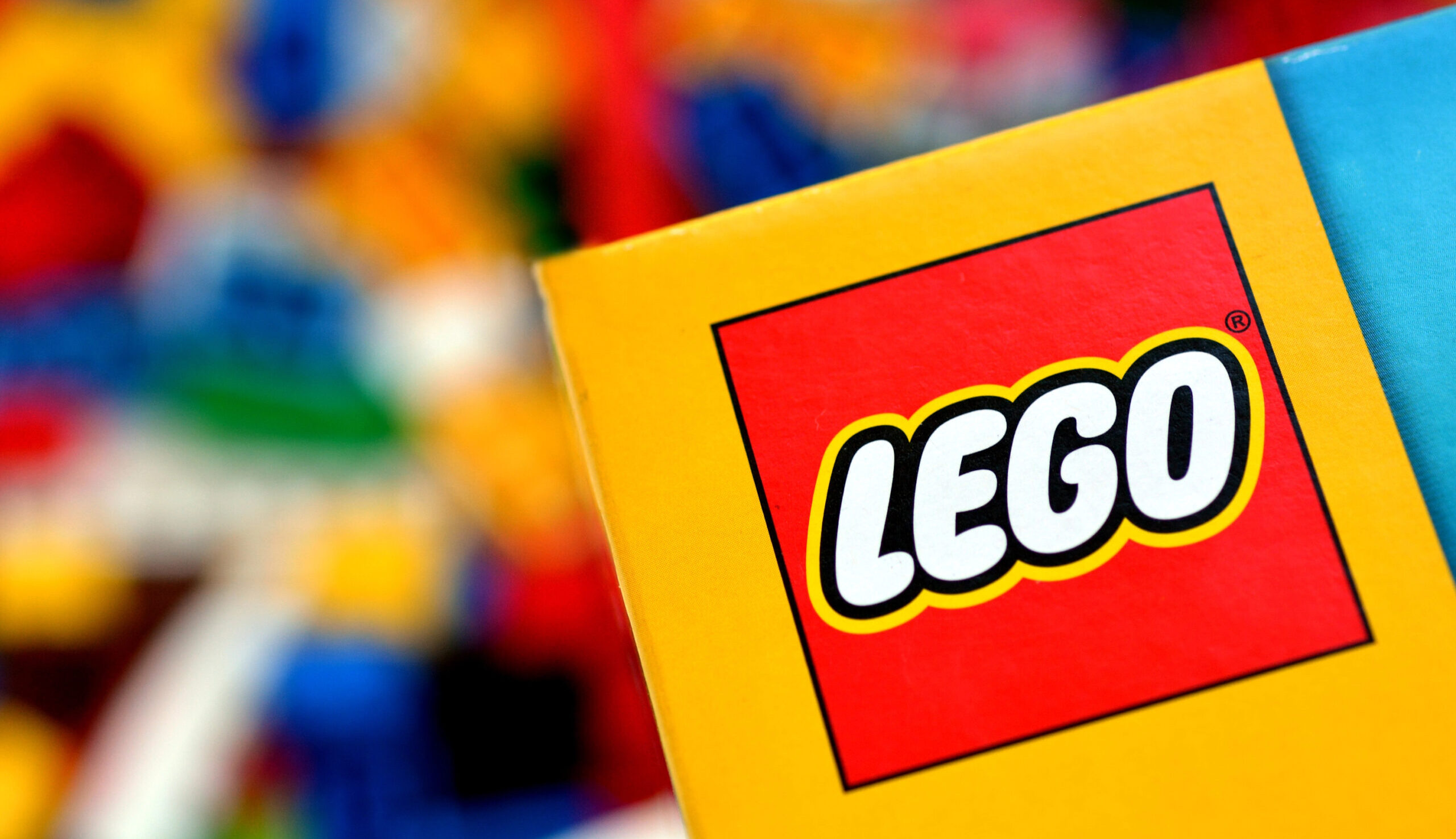
LEGO’s Unwavering Commitment to Sustainability
Moreover, to ensure affordability for consumers, the company has decided to absorb the additional costs. This means that the extra cost comes out of LEGO’s bottom line rather than being passed on to customers. As Christiansen explained to The Guardian, “So far, we have decided that we will bear the burden of it, and [the extra cost] comes out of our bottom line. We are not sure consumers are very willing to pay.” This approach demonstrates LEGO’s commitment to sustainability without compromising on consumer affordability.
He said LEGO was investing to “try to push the industry to develop” and “shift the supply chain” by increasing demand. He hoped this would eventually lead to the development of new or cheaper materials that would help Lego meet its 2032 target.
LEGO Replay Programme
In addition, Lego has expanded its brick takeback programme, Replay—where consumers can donate old bricks to the company through free shipping—into the UK and continued to test similar models in the US and Europe. This programme not only helps reduce waste but also provides an opportunity for consumers to contribute to LEGO’s sustainability efforts, fostering a sense of community and shared responsibility.
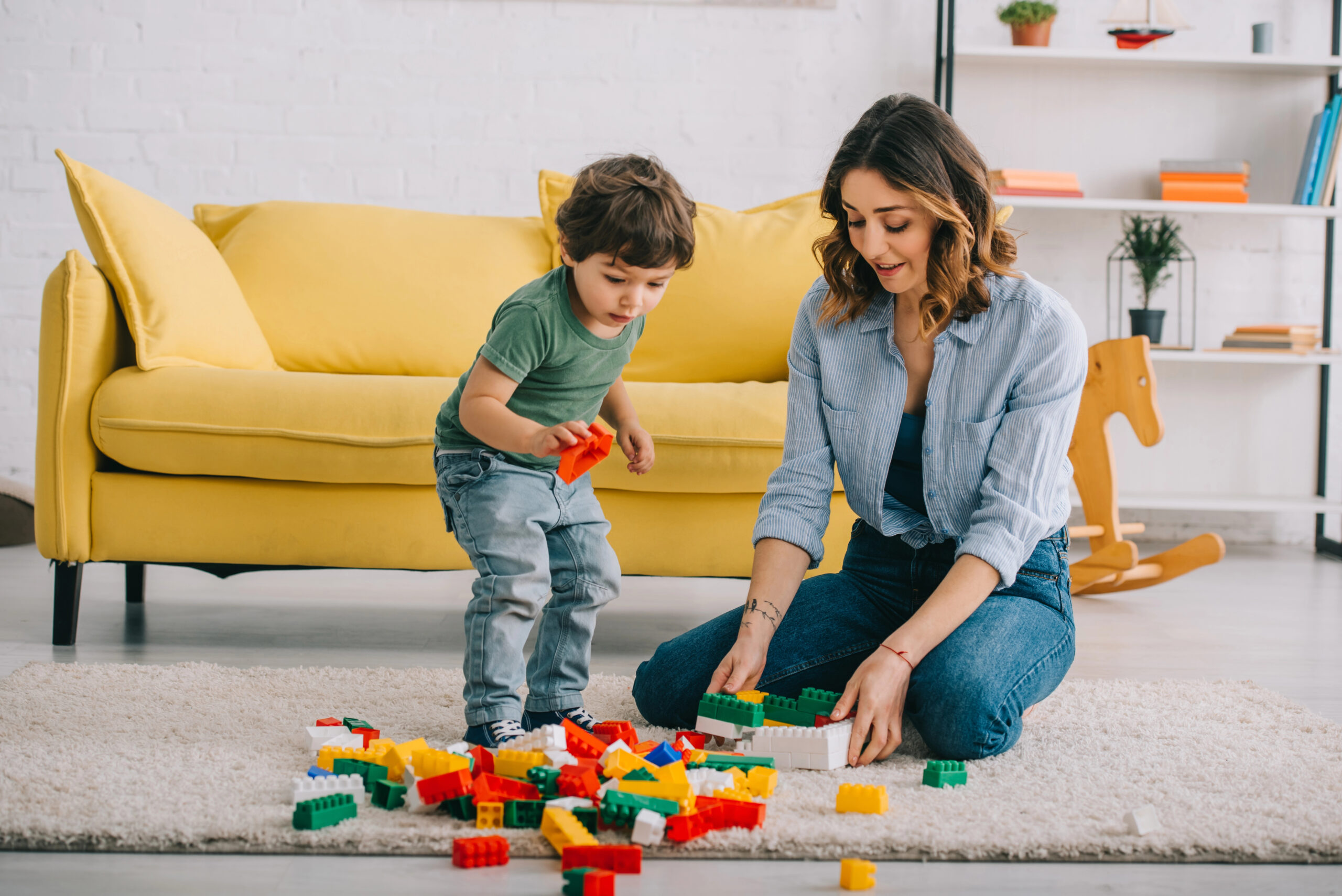
Community-Driven Recycling Initiatives
Beyond corporate efforts, numerous community-based initiatives have sprung up around the world to address the issue of LEGO waste. These initiatives often involve collecting used LEGO bricks, sorting them by colour and type, and repurposing them for various purposes. Some organisations donate recycled LEGO bricks to schools, hospitals, and charities, providing opportunities for children and adults to engage in creative play while reducing waste.
One notable effort is Brick Recycler, a unique initiative that accepts and sorts all LEGO donations. By partnering with various charitable organisations, Brick Recycler distributes millions of LEGO pieces to foster homes, children’s groups, orphanages, at-risk youth programs, schools, and artists. Through these partnerships, Brick Recycler ensures that the educational and creative benefits of LEGO bricks are not only preserved but also made accessible to underprivileged communities and developing regions.
The Future of LEGO: Building Sustainability
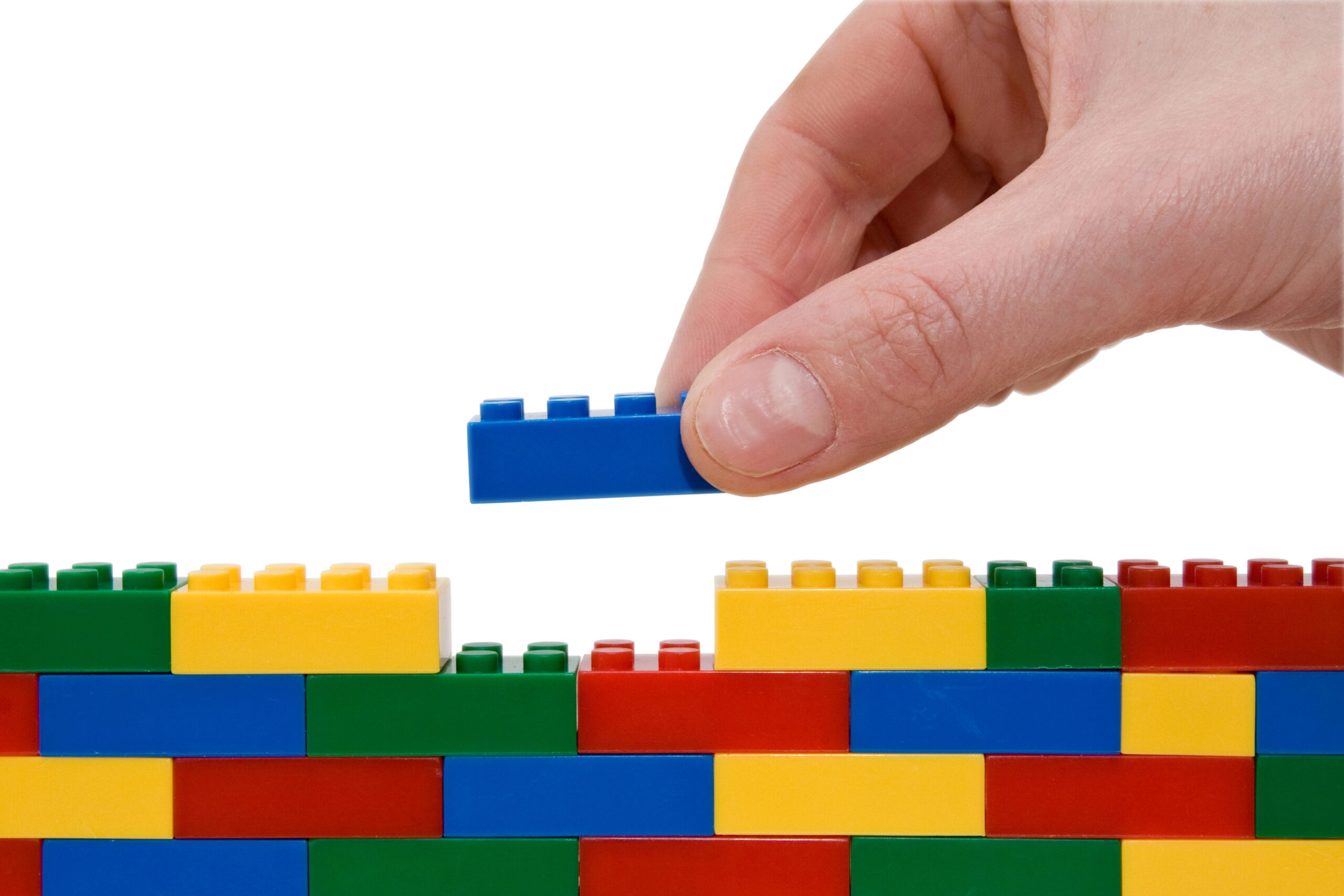
LEGO aims to use 50% renewable materials in its products by 2026 as part of its broader sustainability goals. The company is transitioning away from fossil-fuel-based plastics to reduce its carbon footprint. While progress has been made, LEGO acknowledges the challenges of maintaining product quality and safety with new materials. This initiative is part of LEGO’s commitment to eventually produce all its products and packaging from sustainable sources by 2033.
LEGO reported its first-half earnings on 28 August, showing that the company claimed to have grown market share through solid demand for its “large and diverse portfolio,” especially in the Americas and Europe. LEGO also highlighted its decision to increase spending on “strategic initiatives” spanning sustainability, retail and digitalisation to drive short—and long-term growth.
As consumers become more aware of the importance of sustainable choices, the demand for recycled and eco-friendly products is likely to increase. This shift will likely propel LEGO’s recycling initiatives forward, positioning the company as a leader in the industry.

